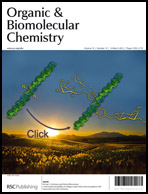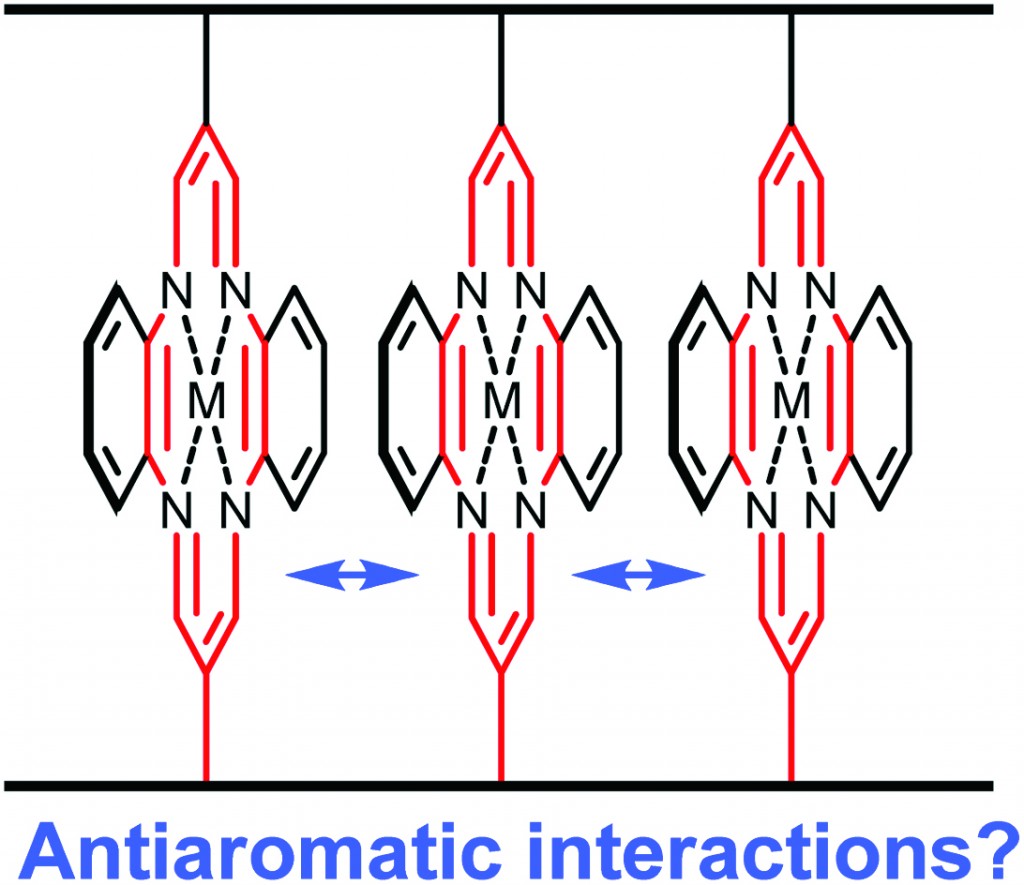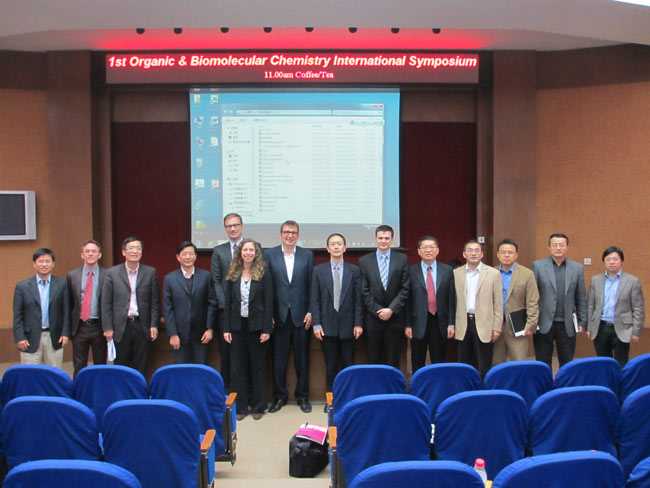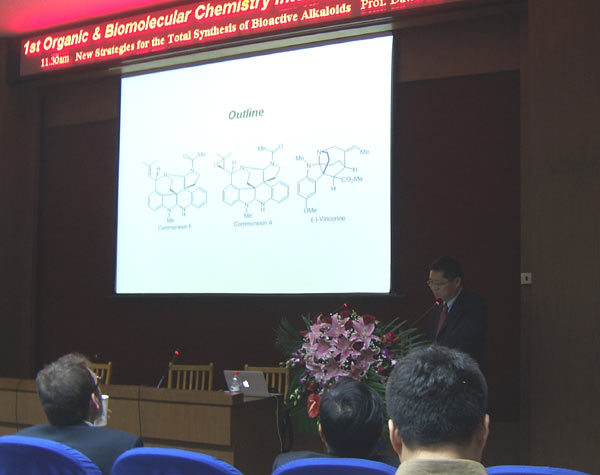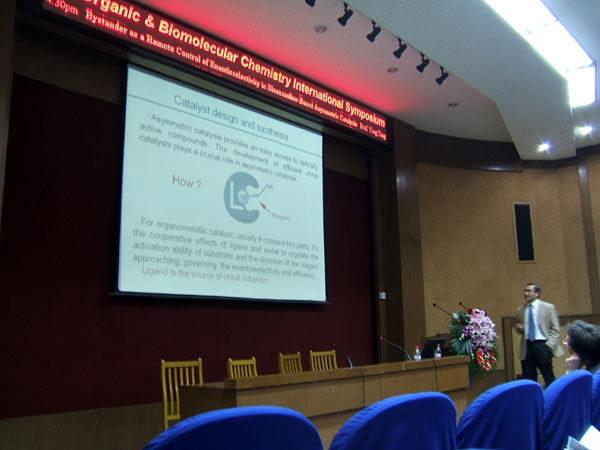This month sees the following articles in Organic & Biomolecular Chemistry that are in the top ten most accessed:
Bioinspired organocatalytic asymmetric reactions
Luca Bernardi, Mariafrancesca Fochi, Mauro Comes Franchini and Alfredo Ricci
Org. Biomol. Chem., 2012, 10, 2911-2922
DOI: 10.1039/C2OB07037E
A convenient approach to ß-heteroarylated (C–N bond) ketones from Cs2CO3 promoted reaction between propargyl alcohols and nitrogen-heterocycles
M. Bhanuchandra, Malleswara Rao Kuram and Akhila K. Sahoo
Org. Biomol. Chem., 2012, 10, 3538-3555
DOI: 10.1039/C2OB25165E
A seminaphthofluorescein-based fluorescent chemodosimeter for the highly selective detection of cysteine
Xiaofeng Yang, Yixing Guo and Robert M. Strongin
Org. Biomol. Chem., 2012, 10, 2739-2741
DOI: 10.1039/C2OB25178G
On a so-called “kinetic anomeric effect” in chemical glycosylation
Ian Cumpstey
Org. Biomol. Chem., 2012, 10, 2503-2508
DOI: 10.1039/C2OB06696C
A catalytic metal-free Ritter reaction to 3-substituted 3-aminooxindoles
Feng Zhou, Miao Ding and Jian Zhou
Org. Biomol. Chem., 2012, 10, 3178-3181
DOI: 10.1039/C2OB25319D
A highly enantioselective approach towards 2-substituted 3-bromopyrrolidines
Jie Chen, Ling Zhou and Ying-Yeung Yeung
Org. Biomol. Chem., 2012, 10, 3808-3811
DOI: 10.1039/C2OB25327E
Combined coinage metal catalysis in natural product synthesis: total synthesis of (+)-varitriol and seven analogs
Tao Sun, Carl Deutsch and Norbert Krause
Org. Biomol. Chem., 2012, Advance Article
DOI: 10.1039/C2OB25069A
Enantioselective synthesis of 2,5-dihydrobenzo[b]azepine derivatives via iridium-catalyzed asymmetric allylic amination with 2-allylanilines and ring-closing-metathesis reaction
Ke-Yin Ye, Li-Xin Dai and Shu-Li You
Org. Biomol. Chem., 2012, Advance Article
DOI: 10.1039/C2OB00036A
Silver-promoted Friedel–Crafts reaction: concise total synthesis of (-)-ardeemin, (-)-acetylardeemin and (-)-formylardeemin
Y. Wang, C. Kong, Y. Du, H. Song, D. Zhang and Y. Qin
Org. Biomol. Chem., 2012, 10, 2793-2797
DOI: 10.1039/C2OB00014H
Highly efficient asymmetric anti-Mannich reactions of carbonyl compounds with N-carbamoyl imines catalyzed by amino-thiourea organocatalysts
Jiuzhi Gao, Yongming Chuan, Jiali Li, Fang Xie and Yungui Peng
Org. Biomol. Chem., 2012, 10, 3730-3738
DOI: 10.1039/C2OB00049K
Why not take a look at the articles today and blog your thoughts and comments below.
Fancy submitting an article to Organic & Biomolecular Chemistry? Then why not submit to us today or alternatively email us your suggestions.


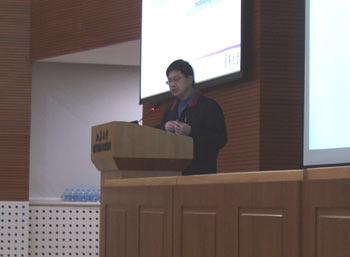









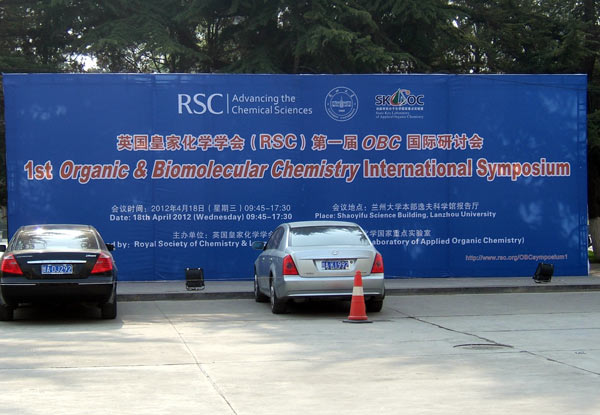
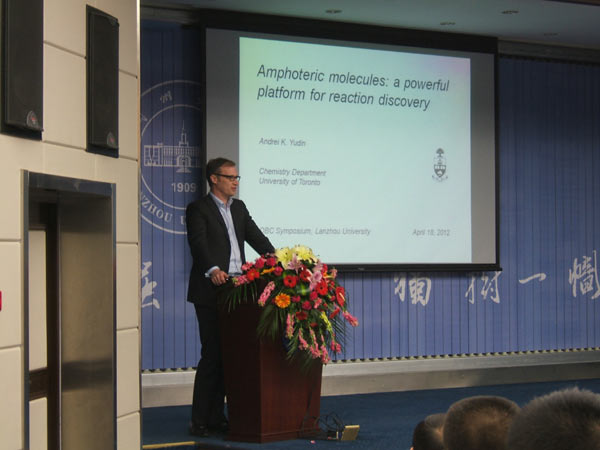
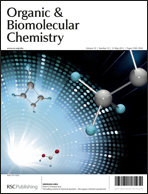
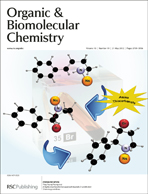
![GA[6]](https://blogs.rsc.org/ob/files/2012/04/GA6-300x103.gif)
